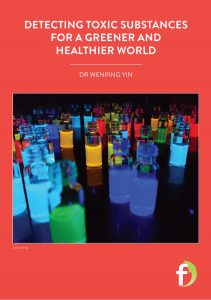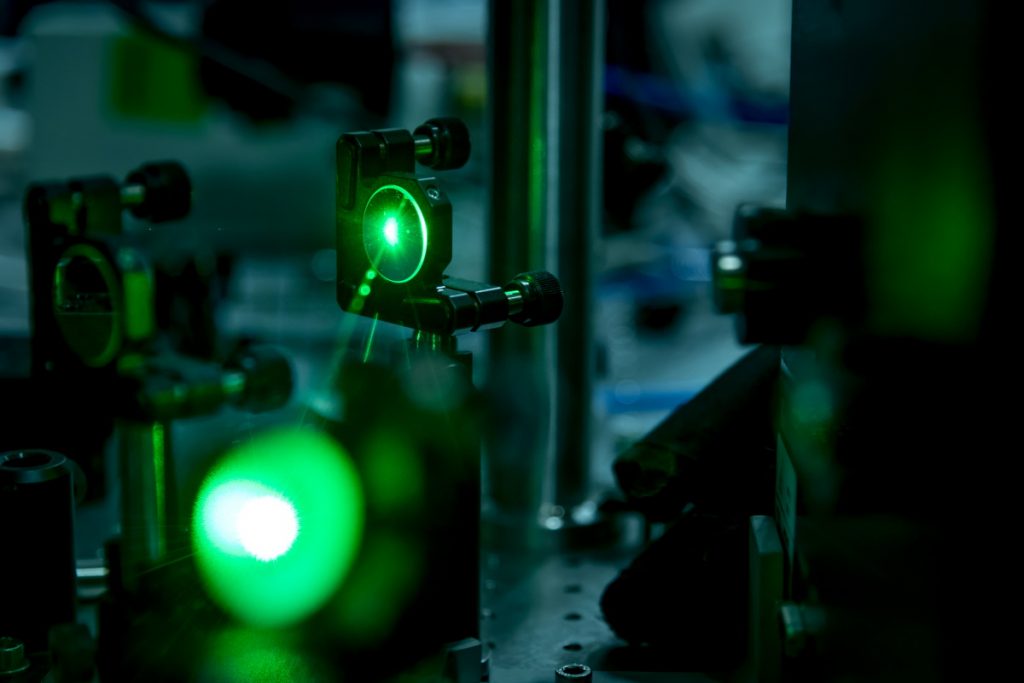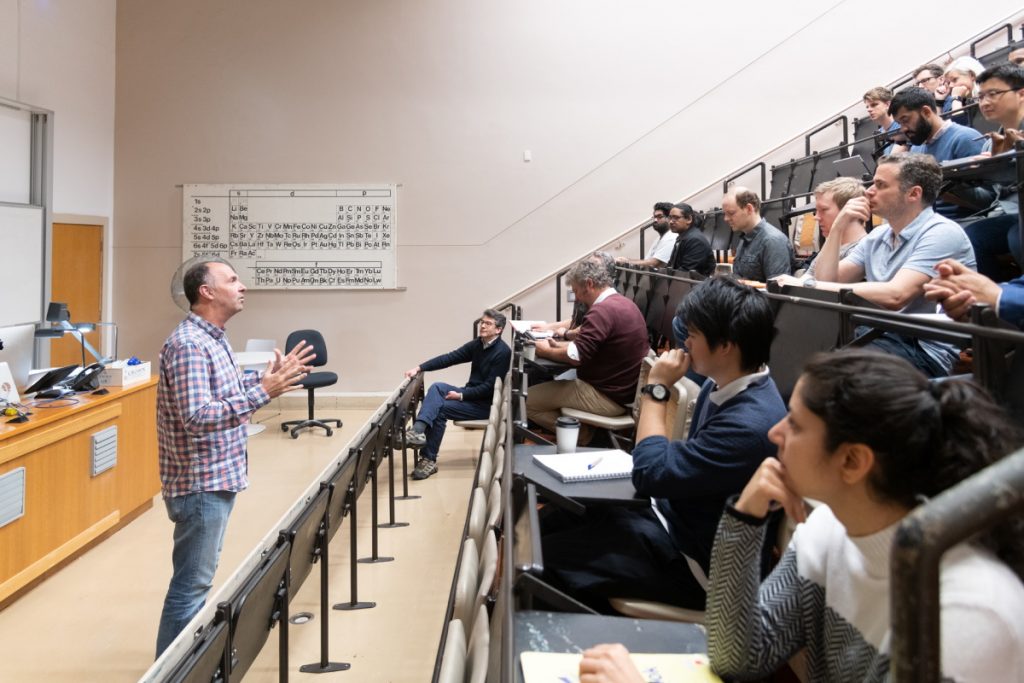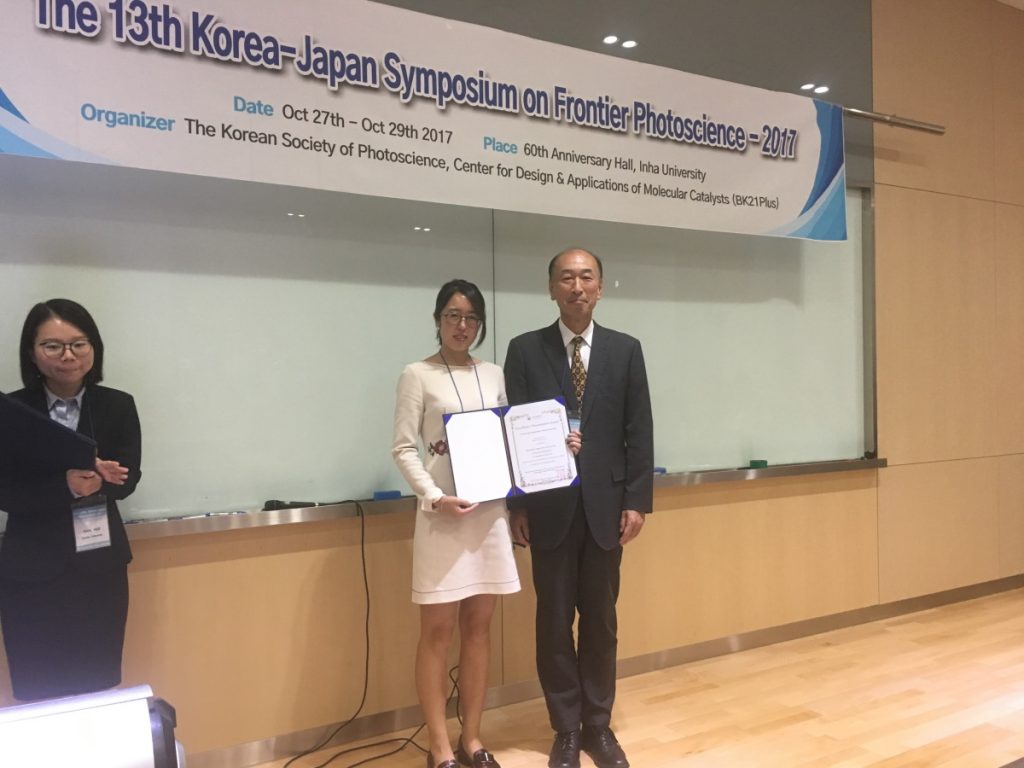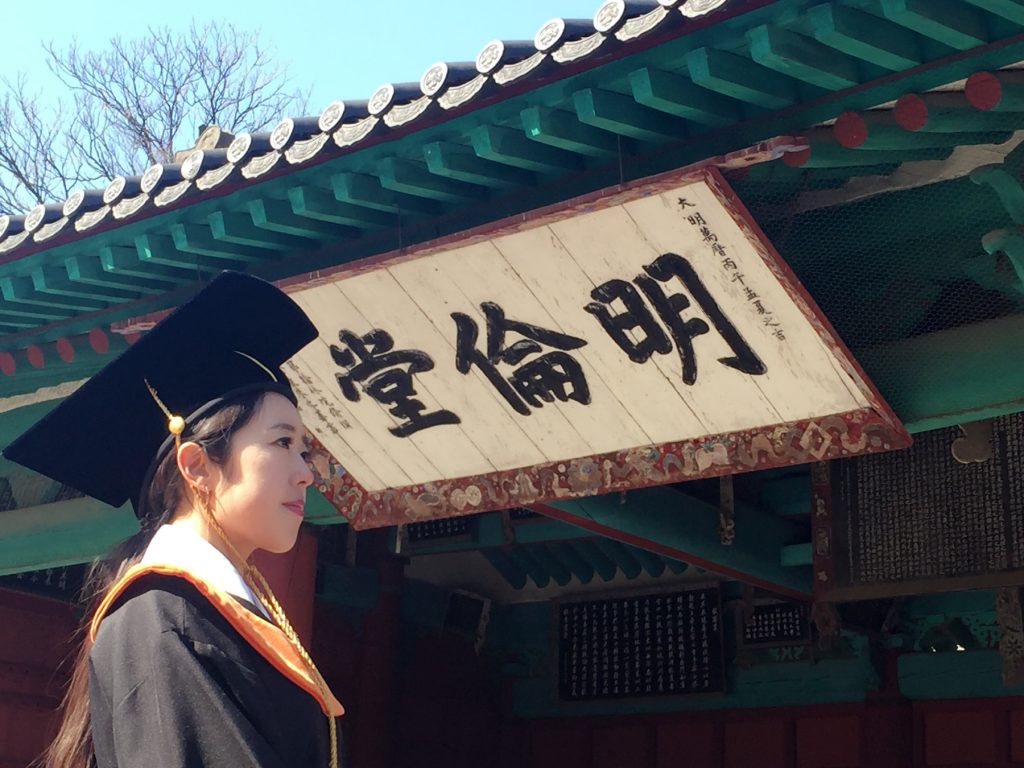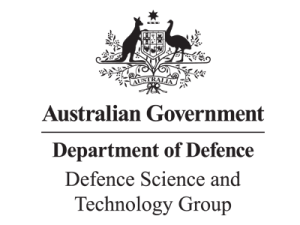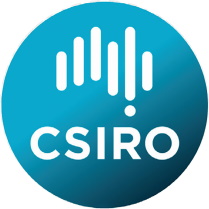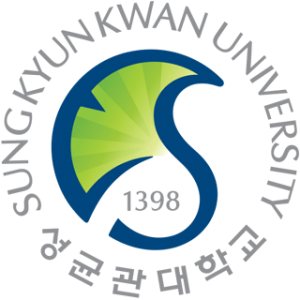Detecting toxic substances for a greener and healthier world
Dr Wenping Yin, based at Monash University in Australia, forms part of a team working at the ARC Centre of Excellence in Exciton Science. Her work is focused on photoluminescent chemical sensors which can detect toxic substances. The findings will make the world a safer place
TALK LIKE A MATERIALS SCIENTIST
CHEMICAL SENSORS – measurement devices that convert a chemical or physical property of a specific analyte into a measurable signal.
ANALYTE – the scientific term for a chemical substance being observed.
FLUORESCENT MATERIALS – materials that emit colourful light when the light or current is given.
QUANTUM DOTS – man-made nanoscale crystals that can make much brighter emitting colour than their larger scale equivalents.
PEROVSKITE NANOCRYSTALS – a class of semiconductor nanocrystals, which exhibit unique characteristics that separate them from traditional quantum dots.
BROMOMETHANE – a colourless, non-flammable gas with no distinct smell. It is the most effective soil fumigant for killing plant pests.
IODOMETHANE – another member of the class of the fumigant. A less toxic replacement after bromomethane.
Toxic substances are those that can be poisonous or otherwise detrimental to the health of human beings, crops and the environment. Some toxic substances are naturally occurring, such as snake venom and caffeine, but whether or not they are harmful is dependent on the levels an individual is exposed to. Often, this requires common sense and being careful, such as when using bleach to clean surfaces, or filling a car with petrol – provided a person acts in a safe manner, no harm will come to them.
However, there are other toxic substances which are used for industrial or agricultural purposes, such as controlling pests in buildings, soils and wood. In these situations, toxic substances are administered in sprays or as fumigants, but only a very small amount of exposure to these substances can cause significant harm. Unfortunately, pesticides such as bromomethane and iodomethane are used around the world, so even if they are administered in small amounts in each location, the total amount administered can be harmful to the ozone layer. Then there is the fact that the amount of toxic substance administered often relies on the experience of the farmer, which is not infallible.
With problems such as these in mind, Dr Wenping Yin is working on a project that harnesses fluorescent materials as a means of detecting harmful levels of toxic substances. Based at the ARC Centre of Excellence in Exciton Science and Monash University in Australia, Wenping is using the knowledge, skills and experience she gained during her doctorate to drive positive change for people, crops and the environment.
WHAT DID WENPING ADDRESS IN HER PHD RESEARCH?
One of the branches of Wenping’s doctorate was focused on understanding the limitations of optoelectronic devices which, put simply, are devices that use light in some way such as LEDs, lightbulbs and fibre optic cables. “In any kind of optoelectronic device, our first concern is always to improve the efficiency of the conversion between light and energy, especially when emerging materials like perovskite are just getting off the ground,” explains Wenping. “However, as the fundamental technology evolves, the real limiting factor behind it will gradually shift to how to further understand and optimise the physical/chemical processes therein.”
These physical/chemical processes generally occur so fast that ordinary electronic detectors are insufficient. Wenping therefore used ultrafast spectroscopy to observe the processes on time scales as short as trillionths of a second. The research that Wenping did during her PhD gave her a deeper understanding of fluorescent materials, which feeds into her current project. Indeed, the work she did during her PhD laid a great foundation for the transition to and development of her current project.
WHAT DOES WENPING’S CURRENT PROJECT INVOLVE?
Chemically detecting harmful levels of toxic substances relies on several processes, such as physical adsorption, chemical response and signal reporting. Of course, given the complexity of what is involved, these practices require significant and complex research, so Wenping and her team are working to reduce or eliminate the steps involved as much as possible. They achieve this by using their skills to design ingenious tools that can facilitate higher sensitivity, faster response and lower cost (particularly important when considering future industrial production). There is also the need to design tools that only react to the target toxic substances. This ensures that the sensors are fit for the environment in which they are being operated.
HAS THE TEAM HAD ANY SUCCESSES SO FAR?
Yes! Wenping and the team have already developed a sensor system that can be used to detect fumigants. “This technology comprehensively surpasses any portable product available on the market in terms of detection speed, sensitivity and selectivity,” explains Wenping. “We therefore have reason to believe that this system holds great potential for mass industrial production.” The team has filed a patent and is in conversation with the relevant governmental departments in Australia, with a view to rolling it out across the agricultural sector. If this can be achieved, applications in the future, such as defence and biological (e.g. heavy metal).
WHAT ARE THE NEXT STEPS FOR THE RESEARCH?
It is fair to say that Wenping is very ambitious, which is essential when trying to drive new science and technology forward. “My colleagues and I are very willing to believe that this fluorescent sensor system will have a wide range of applications and are trying to develop new materials for various substances detection,” Wenping says. “The future challenge for this project will be to make the sensor work in a mixed environment of matter, be it gas, solid or liquid. Another important question is how to integrate different sensor materials to respond with different toxic substances, respectively, without affecting the performance of each component.”
We wish Wenping and the team the best of luck!
 DR WENPING YIN
DR WENPING YIN
ARC Centre of Excellence in Exciton Science and Monash University, Melbourne, Australia
FIELD OF RESEARCH: Materials Science and Engineering
RESEARCH PROJECT: Wenping is working to harness fluorescent materials as a means of detecting harmful levels of toxic substances. The findings will have positive impacts for agriculture, but could also benefit defence, biological and other fields.
FUNDER: Australian Research Council
ABOUT MATERIALS SCIENCE AND ENGINEERING
Materials science is an interdisciplinary field that is focused on the properties of matter and how they can be applied to a wide range of areas within science and engineering. It is one of the oldest forms of applied science and engineering – you will no doubt have heard of the Stone Age, Bronze Age and Iron Age, which are all examples of periods of different areas of focus within materials science.
One of the most significant breakthroughs in the field came when the American scientist, Josiah Willard Gibbs, demonstrated that thermodynamic properties related to the atomic structure of a material were also related to its physical properties. Since then, materials scientists have investigated many materials to determine their structures, properties and performance. This, in turn, has led to technological innovations that have changed the world around us.
Reference
https://doi.org/10.33424/FUTURUM100
Spectroscopy working in the laboratory at The University of Melbourne. (Credit: Gavan Mitchell & Michelle Gough.)
CHEMICAL SENSORS – measurement devices that convert a chemical or physical property of a specific analyte into a measurable signal.
ANALYTE – the scientific term for a chemical substance being observed.
FLUORESCENT MATERIALS – materials that emit colourful light when the light or current is given.
QUANTUM DOTS – man-made nanoscale crystals that can make much brighter emitting colour than their larger scale equivalents.
PEROVSKITE NANOCRYSTALS – a class of semiconductor nanocrystals, which exhibit unique characteristics that separate them from traditional quantum dots.
BROMOMETHANE – a colourless, non-flammable gas with no distinct smell. It is the most effective soil fumigant for killing plant pests.
IODOMETHANE – another member of the class of the fumigant. A less toxic replacement after bromomethane.
Toxic substances are those that can be poisonous or otherwise detrimental to the health of human beings, crops and the environment. Some toxic substances are naturally occurring, such as snake venom and caffeine, but whether or not they are harmful is dependent on the levels an individual is exposed to. Often, this requires common sense and being careful, such as when using bleach to clean surfaces, or filling a car with petrol – provided a person acts in a safe manner, no harm will come to them.
However, there are other toxic substances which are used for industrial or agricultural purposes, such as controlling pests in buildings, soils and wood. In these situations, toxic substances are administered in sprays or as fumigants, but only a very small amount of exposure to these substances can cause significant harm. Unfortunately, pesticides such as bromomethane and iodomethane are used around the world, so even if they are administered in small amounts in each location, the total amount administered can be harmful to the ozone layer. Then there is the fact that the amount of toxic substance administered often relies on the experience of the farmer, which is not infallible.
With problems such as these in mind, Dr Wenping Yin is working on a project that harnesses fluorescent materials as a means of detecting harmful levels of toxic substances. Based at the ARC Centre of Excellence in Exciton Science and Monash University in Australia, Wenping is using the knowledge, skills and experience she gained during her doctorate to drive positive change for people, crops and the environment.
WHAT DID WENPING ADDRESS IN HER PHD RESEARCH?
One of the branches of Wenping’s doctorate was focused on understanding the limitations of optoelectronic devices which, put simply, are devices that use light in some way such as LEDs, lightbulbs and fibre optic cables. “In any kind of optoelectronic device, our first concern is always to improve the efficiency of the conversion between light and energy, especially when emerging materials like perovskite are just getting off the ground,” explains Wenping. “However, as the fundamental technology evolves, the real limiting factor behind it will gradually shift to how to further understand and optimise the physical/chemical processes therein.”
These physical/chemical processes generally occur so fast that ordinary electronic detectors are insufficient. Wenping therefore used ultrafast spectroscopy to observe the processes on time scales as short as trillionths of a second. The research that Wenping did during her PhD gave her a deeper understanding of fluorescent materials, which feeds into her current project. Indeed, the work she did during her PhD laid a great foundation for the transition to and development of her current project.
WHAT DOES WENPING’S CURRENT PROJECT INVOLVE?
Chemically detecting harmful levels of toxic substances relies on several processes, such as physical adsorption, chemical response and signal reporting. Of course, given the complexity of what is involved, these practices require significant and complex research, so Wenping and her team are working to reduce or eliminate the steps involved as much as possible. They achieve this by using their skills to design ingenious tools that can facilitate higher sensitivity, faster response and lower cost (particularly important when considering future industrial production). There is also the need to design tools that only react to the target toxic substances. This ensures that the sensors are fit for the environment in which they are being operated.
HAS THE TEAM HAD ANY SUCCESSES SO FAR?
Yes! Wenping and the team have already developed a sensor system that can be used to detect fumigants. “This technology comprehensively surpasses any portable product available on the market in terms of detection speed, sensitivity and selectivity,” explains Wenping. “We therefore have reason to believe that this system holds great potential for mass industrial production.” The team has filed a patent and is in conversation with the relevant governmental departments in Australia, with a view to rolling it out across the agricultural sector. If this can be achieved, applications in the future, such as defence and biological (e.g. heavy metal).
WHAT ARE THE NEXT STEPS FOR THE RESEARCH?
It is fair to say that Wenping is very ambitious, which is essential when trying to drive new science and technology forward. “My colleagues and I are very willing to believe that this fluorescent sensor system will have a wide range of applications and are trying to develop new materials for various substances detection,” Wenping says. “The future challenge for this project will be to make the sensor work in a mixed environment of matter, be it gas, solid or liquid. Another important question is how to integrate different sensor materials to respond with different toxic substances, respectively, without affecting the performance of each component.”
We wish Wenping and the team the best of luck!
 DR WENPING YIN
DR WENPING YIN
ARC Centre of Excellence in Exciton Science and Monash University, Melbourne, Australia
FIELD OF RESEARCH: Materials Science and Engineering
RESEARCH PROJECT: Wenping is working to harness fluorescent materials as a means of detecting harmful levels of toxic substances. The findings will have positive impacts for agriculture, but could also benefit defence, biological and other fields.
FUNDER: Australian Research Council
Materials science is an interdisciplinary field that is focused on the properties of matter and how they can be applied to a wide range of areas within science and engineering. It is one of the oldest forms of applied science and engineering – you will no doubt have heard of the Stone Age, Bronze Age and Iron Age, which are all examples of periods of different areas of focus within materials science.
One of the most significant breakthroughs in the field came when the American scientist, Josiah Willard Gibbs, demonstrated that thermodynamic properties related to the atomic structure of a material were also related to its physical properties. Since then, materials scientists have investigated many materials to determine their structures, properties and performance. This, in turn, has led to technological innovations that have changed the world around us.
WHAT DOES WENPING FIND MOST REWARDING ABOUT WORKING IN THE FIELD?
Wenping says that research is itself a lifelong learning journey and her work involves continuously updating her knowledge, which is one of the greatest attractions of her research. “When I realised that my discoveries could not only guide others but could also be turned directly into products benefiting society, that sense of accomplishment was exactly what I imagined in my childhood,” explains Wenping. “I believe this is the most fulfilling moment for every researcher.”
HOW DOES HER WORK CONTRIBUTE TO A ‘GREEN FUTURE’?
The act of testing for toxic substances is a major contribution to a green future. While technological developments continue apace, the Earth’s environment and people’s physical health is facing challenges from the harmful chemicals we use in daily activities. While in the past man fought nature, we are now dealing with issues caused by our own actions. The harmful substances that Wenping works to detect are often colourless and odourless, making it extremely difficult for people to know they are there. Her work is helping to contribute to a greener and healthier future.
WHAT DOES WENPING ENJOY AND FIND MOST CHALLENGING ABOUT THEORETICAL AND PRACTICAL PROJECTS?
“There is an old joke in the field: ‘Theory is when you know everything but nothing works, practice is when everything works but nobody knows why. When you combine theory and practice, nothing works and nobody knows why!’,” says Wenping. “As an interdisciplinary researcher, I can appreciate the meaning behind the joke and there is an element of truth to it.”
Ultimately, Wenping believes you need to be careful enough to find problems in practice and smart enough to solve them by theory. So, if you are careful and smart, materials science might just be the field for you.
HOW TO BECOME A MATERIALS SCIENTIST
• AZoM is the leading online publication for the Materials Science community. It works to educate and inform a worldwide audience. Some of the papers on there are quite complex, but it is an invaluable resource for those interested in the field: https://www.azom.com/
• There are some videos that provide more information regarding what materials science is. Each video will give recommendations for further exploration:
https://www.youtube.com/watch?v=JZ9BkoLWdlg&ab_channel=AdvancedMetallicSystemCDT
https://www.youtube.com/watch?v=_cUEjPtVlIM&ab_channel=MaterialsScienceaChalmersAreaofAdvance
• The salary for a materials scientist in Australia can range from anywhere between AU$60,000 and AU$101,000, depending on the level of experience you have.
PATHWAY FROM SCHOOL TO MATERIALS SCIENCE AND ENGINEERING
Wenping is keen to emphasise that the field of materials science and engineering is quite broad, so there is no set path for those who want to pursue a career in that direction. However, chemistry and physics are especially important and you should take those subjects at school and beyond, if possible. “Courses in analytical chemistry, structural chemistry and quantum physics are important after high school,” says Wenping. “Those subjects can help you to understand the equipment and materials you will use in the future.”
You’ll need a degree in a relevant subject for postgraduate study, such as materials engineering, materials science, applied chemistry and applied physics.
https://nationalcareers.service.gov.uk/job-profiles/materials-engineer
HOW DID WENPING BECOME A PHYSICIST AND MATERIALS SCIENTIST?
WHAT WERE YOUR INTERESTS AS A CHILD?
I was hyperactive when I was a kid, so was a basketball player and sprinter for a couple of years. Although I didn’t have a clear scientific dream at the time, I did enjoy all kinds of hands-on work. Almost all the electronic devices in my parent’s home were dismantled by me at some point! One of my most memorable moments was when I secretly used a soldering iron and ended up hurting my hand when I was 13. Fortunately, my parents endured all those vandalisms and supported my whimsical creations – which I think is related to the motivation and interest in science I developed later.
WHO OR WHAT HAS INSPIRED YOU IN YOUR CAREER?
Although most of the time I believe that self-motivation is the primary factor of success, there are some people who have inspired and encouraged me in my career. One of them is Professor Villy Sundstrom from Lund University in Sweden, who is a very famous spectroscopy expert. He used the phrase ‘Excited by light my entire life’ as a summary of his career when he retired, which impressed me a lot. Another moment was when Professor Yi-Bing Cheng – at his own retirement ceremony – chose to appeal to the many scholars present that day not to underestimate any young student because of their nationality. This was deeply inspiring to me and I hope to have a successful and gracious research career without regrets, like they have had.
WHAT ATTRIBUTES HAVE MADE YOU A SUCCESSFUL SCIENTIST?
I believe I still have a long way to go before I can be considered a successful scientist, but I believe persistence and working wisely are key attributes for success. We all know that a person who always gives up easily does not deserve victory. However, this is not to say that simply staying longer in the lab and working longer hours is a recipe for success; working wisely and efficiently is often more important than working hard without thinking.
YOU HAVE TAUGHT BOTH CHEMISTRY AND PHYSICS AT HIGH SCHOOL LEVEL. WHAT DID YOU GAIN FROM THESE EXPERIENCES?
Teaching is extremely interesting to me and allows me to gain a deeper understanding and appreciation for what I have learned. Often, it is only when you are preparing a teaching document that you begin to understand how different it can be between learning by yourself and making others understand. In many ways, it helps to frame your own knowledge when you start to attempt to impart your knowledge to others.
WENPING’S TOP TIPS
1 Interest is the greatest teacher. If you are interested in a topic you are far more likely to learn what you need to succeed. Never do something simply because somebody else tells you to – you must have your own ideas, passions and
thoughts. Listen to others but remember to listen to yourself.
2 Focus on what you are doing and never give up easily. My own experience shows that I took many detours on the road to research, but I believe most of this has become beneficial over time. There is no single pathway, but whatever you decide to do, persist!
3 For those interested in teaching like I did earlier in my career, I would say you should not underestimate any student and always encourage them to ask questions, even if those questions fall outside the scope of the lesson. Also, don’t be limited to the knowledge found in textbooks – life experiences can be more useful, interesting and inspiring, which often help students get the most out of lessons.
Write it in the comments box below and Wenping will get back to you. (Remember, researchers are very busy people, so you may have to wait a few days.)

